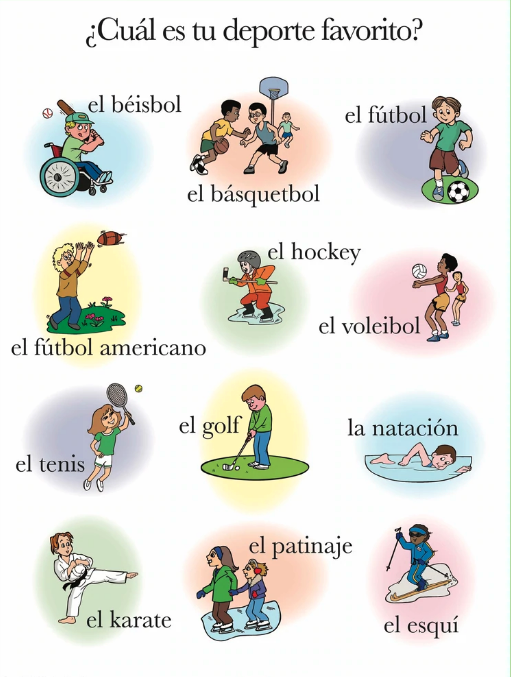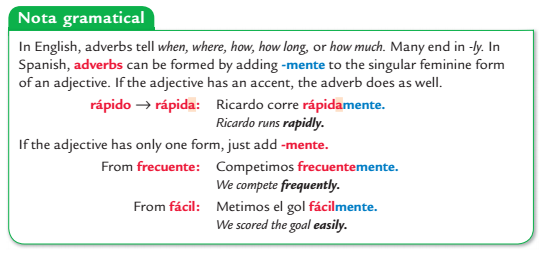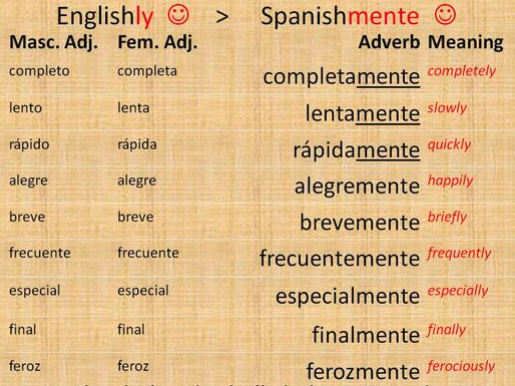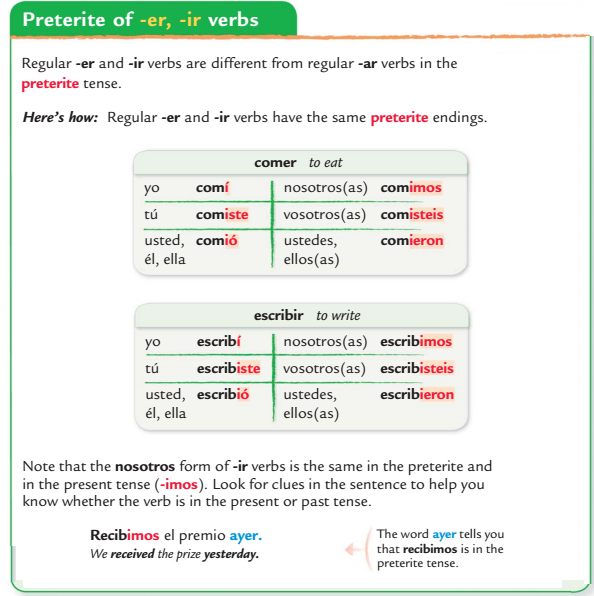Unit 6: Lesson 2
Unit 6: Lesson 2

Overview
In this our second lesson we will take a look at our Video Historia / Escena 1 where we notice the instructions Diego gives to Mateo as he performs for their movie about soccer. Then practice forming adverbs to talk about how people practice sports.
What do Diego, Mateo, and Luisa say and do in this scene? Is anyone satisfied with their practice so far?
Make sure you have the answer to these questions in your journal. Gracias!
Diego: El partido está empatado. Debes meter un gol para ganar el campeonato. Miras la pelota; miras la red. ¡No, no, lentamente!
Mateo: ¿Así está mejor?
Diego: ¡Ay, por favor! Sí, sí, está mejor... ¡Pero no puedes hablar!... Allí está la pelota... Ahora, ¡rápidamente! ¡Mete un gol!
Luisa: ¡Dale, Mateo, dale! (Mateo kicks the ball; knocks camera over.) ¡Uy! No podemos hacer esta película.
Mateo: ¿Y por qué no?
Luisa: Porque es una película sobre un campeonato de fútbol y no tenemos uniformes, no tenemos cancha, ¡no tenemos equipo! Y no podemos competir si no jugamos en un equipo.
Diego: Sí, es verdad. (Diego kicks the ball; a crash is heard.)
Mateo: ¡Bravo!
Luisa: ¡Ay no!
Resource
Proceed to Next Page
Unit 6: Lesson 2A
Proceed to Next Page
Unit 6: Lesson 2B
Now let’s take a look at preterite of ir and - er verbs. Learn how to form the preterite of regular er and ir verbs. Then use them to talk about activities you and others did
Remember that you use the past tense to talk about what happened or what you did. Most English verbs have just one form in the simple past tense: I lived, you lived, they lived. In Spanish, verbs in the past tense have different endings for each person.




